Dream or nightmare? The coronavirus crisis has brought an unbelievable boom to the bike industry. Despite this, massive bankruptcies, sinking valuations of a number of manufacturers, long delivery times, servicing issues and higher prices all threaten. We explain what’s going on and clarify the risks as well as opportunities faced by the industry, trade and bikers. So, here’s to getting through the next few years!
Corona has muddled up the world in many different ways. Biking is just as cool as it’s always been, the only difference this year being that a hell of a lot of people have recognised that fact! That’s great, even if it does entail new challenges – but that’s a whole other topic. The fact is that while football falters, experts and researchers have declared biking the new sport of the people, while both politicians and doctors title it the best and most healthy means of transport. The diagnosis is clear: huge growth that inevitably results in huge challenges too.
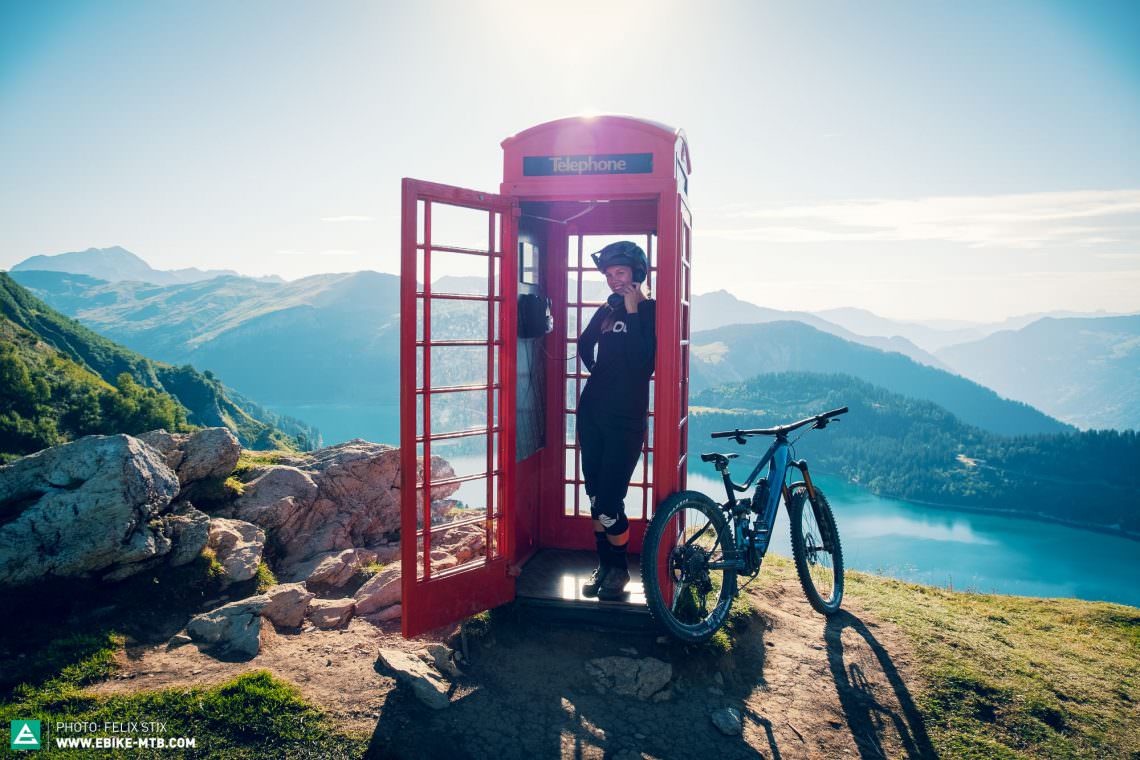
The big question now is how to handle and deal with them. There are big opportunities and risks and while in the short term, things might seem “challenging”, “frustrating” or even “fatal”, in the longer term they will offer bikers and the industry many potential gains. That includes more robust products, better logistics structures and processes, service and customer loyalty incentives, innovative business models, new and interesting brands and perhaps most significantly, more universal “standards”.
The flip side of the coin could be painful: numerous dealers and smaller manufacturers are threatened by bankruptcy, meaning next season will continue to be trying, particularly regarding certainty for planning and product availability.

Empty warehouses, dealers without new bikes for weeks, long servicing waiting times – 2020 was a year of extremes for the whole industry. This year it was sometimes already hard, or even impossible, to get a hold of your dream bike. There were many stories of people who left the shop with cash still in hand because dealers simply didn’t have any products left that they could sell. Unfortunately, improvements aren’t in sight. What hasn’t been preordered will likely be delayed and delivered late. Delivery times have shot up from a few weeks to months for numerous products – all the way up to 500 days delivery time. Crazy!? But why is that? What’s the underlying reason and what can we do about it?
Bike boom in a crisis? About corona, globalisation and complex realities
What led to collapses in sales, cost-cutting and even more serious problems in other industries, has resulted in a never before seen boom in the bike sector, along with several existential threats for some stakeholders. But let’s start at the beginning.
The first lockdown and its far-reaching consequences
At the beginning of 2020, shutdowns occurred across China and in parts of Asia as a result of the pandemic. At a time when Europe and America still thought they were safe, the problems that we are experiencing this season and now feel the full effects of had already begun. The manufacture of frames, components and accessories was cycling down and supply chains were disrupted or even interrupted, which meant a de facto cease in production of several months. That’s resulted in a shortfall that can’t easily be made up for. At the beginning of February, when hardly anybody was talking about lockdowns, we predicted delivery restrictions, reduced choice and empty bike shops for the season ahead.
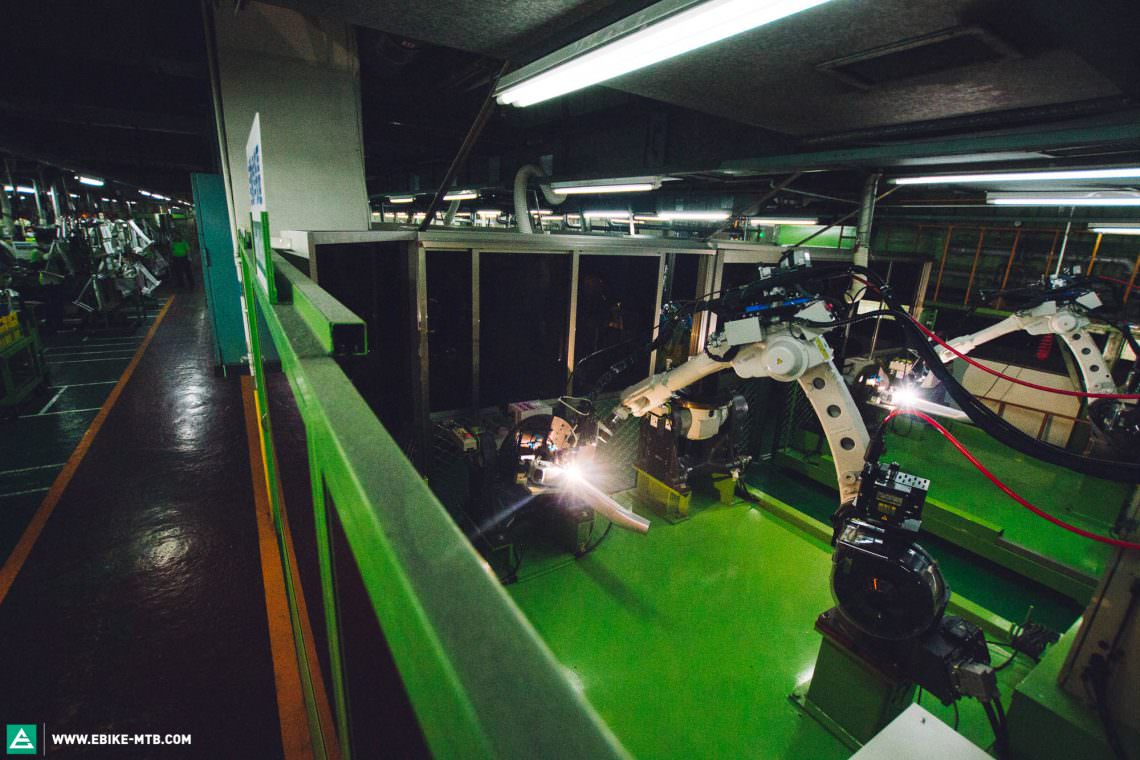
And then history took its course. The first lockdown was a big shock for (almost) every industry, but it wasn’t long before bikes were seen as the best solution for fitness, traffic and spending free time. The first easing of lockdowns came and sales and demand for bikes shot unexpectedly up. Those who had cancelled bike orders or manufacturing capacity in Asia in the shock of the first lockdown, now found that production slots had been taken up by other brands or that they couldn’t get a hold of bikes anymore. The dilemma: on the one hand, the production lines of many brands were halted for several months this season. On the other, demand grew so rapidly that manufacturers just can’t meet it.

According to the Zweirad industry association, an additional 9.2% of bikes were sold in the first half of the year in Germany, despite the shutdown during spring 2020. At the same time, imports sank significantly. This trend can also be seen in other countries all over the world. Despite bike shops being overrun, ordering bikes isn’t all that easy. Manufacturers and suppliers are sold out and can only offer long lead times as consolation. The bottleneck remains production and in turn, depending on the manufacturer, the availability of frames, components and spare parts. Not only is the shortfall difficult to make up, the big challenge for many Asian suppliers is in scaling production to match the increased demand while maintaining quality control. Moreover, production capacity is not yet at the same level as last year. As a result, on balance, there was less production in 2020 than the year before.


Industry insiders have confirmed to us that at the beginning of the year, migrant workers were laid off as a result of coronavirus, travelled home and, in part, have not yet returned to their old workplaces. When they were needed again, travel restrictions and the difficulty of reentry including quarantines and limited availability of hotels, made taking on jobs more difficult. The short term vacuum caused by the missing manpower couldn’t be plugged and subsequently employed workers first had to be retrained. A further factor: as a result of coronavirus restrictions, hardly any manufacturers have reached their previous level of output. According to insiders, production is currently at around 80%.

That’s only compounded by more complex transport routes, increased freight costs and uncertain delivery times. The cost of air freight has multiplied as a result of limited capacity from the significantly reduced volume of passenger flights. In turn, prices have risen by two to three times. Up until now, a large proportion of bikes have been shipped via sea freight, but container capacity amongst shipping companies is lagging too and the increased demand results in additional challenges. Many goods are shipped from Asia to Europe, but comparatively fewer in the other direction. That imbalance isn’t a given and empty containers increase costs. Because bikes are already delayed, manufacturers are increasingly relying on (even more) expensive air freight to make up for lost time.
Why are bikes and products getting more expensive?
You don’t need an economics degree to predict the consequences. Reduced production efficiency together with higher logistics and coordination costs increase prices! That’s only compounded by increased demand. Currently, manufacturers have put up their prices by around 10%, in individual cases up to 15%. At the high-end, bikes will be up to € 2,000 more expensive.
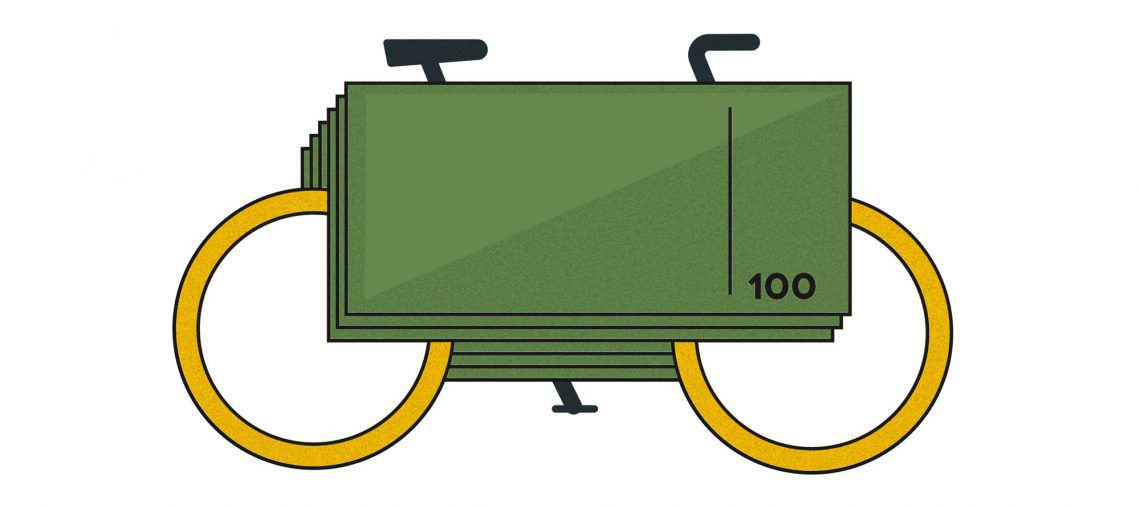
Insatiable demand – More bikes but by far not enough of them?
Everyone is doing their best to get a handle on things despite the circumstances. Nonetheless, we will inevitably have to accept some compromises – that applies to bike and component manufacturers just as much as customers. Many manufacturers want to continue the phenomenal sales of 2020, next season. That means OEM orders have increased significantly compared to last year, in some cases doubling or more. The problem is that in the short term, there won’t be significantly more parts on the market nor enough capacity to produce more. Considering the halt in production during spring 2020, the good news for 2021 is that next year, there will be more bikes available than in 2020. However, whether demand can be satisfied is written in the stars! On balance, probably not.

The component compromise: Not what was ordered is better than not delivered at all!
One consequence that’s already clear is that bike specs will depend on the availability of individual components. Motors, brakes, tires, drivetrains – everywhere, delivery times have risen rapidly and in some cases even quintupled. From next year, several manufacturers won’t specify delivery times. Exact planning? Impossible! The impact won’t just be felt in 2021 but will likely continue into 2022. Some components already have delivery times of up to 500 days – so, 2022.



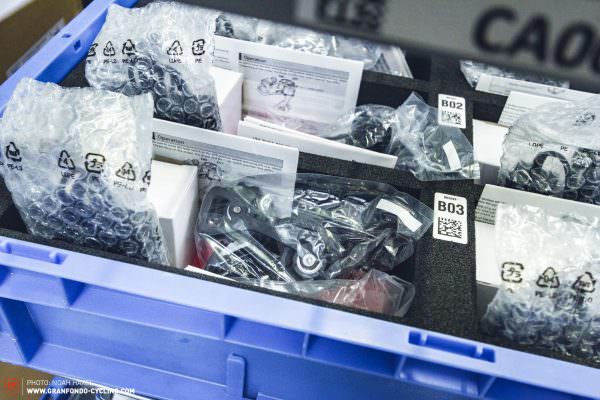
That could result in close-to finished bikes not being delivered because a small but crucial part, something as insignificant as a seatpost clamp, is missing. And that’s the crux of it: a manufacturer might be able to build their frames, but not have brakes, seatpost clamps or stems to put on them, making it impossible to deliver bikes.

If you buy too late, you’ll be left with nothing – Do bankruptcies threaten in 2021?
Apart from the availability of bikes and components, there are further consequences: bike shops threaten to die out. Many dealers are starting the new season with empty warehouses or shop fronts because they put in orders too late. At a time of year when orders would previously still being made, many manufacturers had already closed their books. Nothing was available anymore and the limits of production/availability had been reached.
Black Friday sales in the current situation are hard to assess. The industry is running out of parts as a result of disruption to supply chains and in numerous areas, simply because of a lack of raw materials. However, discounting battles are certain to be counterproductive because impending problems are only exacerbated. That’s even more the case when viewed in context of the product shortages for the coming season. – Andreas Makowsky, Kellys Bikes
Challenges for servicing and availability of spare parts
Shops that specialise in servicing will also struggle. In 2021, there will be poor availability of spare parts and even the availability of consumables can’t be guaranteed. Simultaneously, due to increased demand, workshops are being flooded with work requests. There are simply not enough skilled personnel or innovative servicing solutions that can provide a professional offering. Many customers are currently left without a real servicing option. Will we manage to make servicing more profitable, efficient and extensive? We hope so! The fact is that better servicing structures and implementation are required to increase efficiency that can meet demand. That’s a mammoth task.

What we can learn from the bike boom in a crisis
Everyone wants something new and better but does that actually move us forwards? Would it not be sensible, especially at the moment, to concentrate on basics like servicing, product quality and durability? Currently, the market just needs some stability. It’s time to concentrate on what’s important. Technical, product focussed innovation are exciting, interesting and often encourage sales, but in the coming two years, the main priority will have to be on being able to build bikes. Is an expansive portfolio really required or is it possible to make lots of people happy even with fewer models on offer?
The compromises resulting from the availability of components could lead to frustration and annoyance in the worst cases. This boomerang effect, which could cost businesses custom and reputation, has to be avoided.
In these times, it might be more important than ever to refine portfolios and to focus on the basics, rather than pressing forward with half-finished innovations. Spare parts that aren’t durable or require more frequent servicing may lead to significant frustration and annoyance. This boomerang effect, which could cost businesses custom and reputation, has to be avoided.


Of course, we’re aware that most manufacturers are already developing products for 2022/23, meaning measures taken now won’t have an immediate effect on the problems of the coming year. Nonetheless, it’s incredibly important to discuss standards now, to ease the way towards an easier and better future.
What is a standard nowadays?
Over the last few years, product and innovation cycles have been rapid in the bike industry. New standards and proprietary solutions constantly appeared, promising to eke out that last bit of performance or offer a decisive advantage. That’s resulted in high costs, slow pay-off periods and unnecessary complexity, as well as confusion amongst customers and dealers. Moreover, it will also pose an increasing challenge to deal with now. The numerous individual parts, different standards and proprietary solutions mean that availability suffers. Regardless of whether it’s rim or hub dimensions, seatposts, bar diameters, bearings or consumable parts, there are now too many options and configurations which make logistics and production significantly more complex than necessary. If there were agreements on real standards, productivity across the whole sector could be increased. What was a luxury in the form of individualisation and brand differentiation in 2019, might be the reason why bikes can’t be delivered in 2021. If more compromises that work for everyone in the industry can be found, risks would be minimised and productivity, together with spare part availability would be improved – a win for everyone!
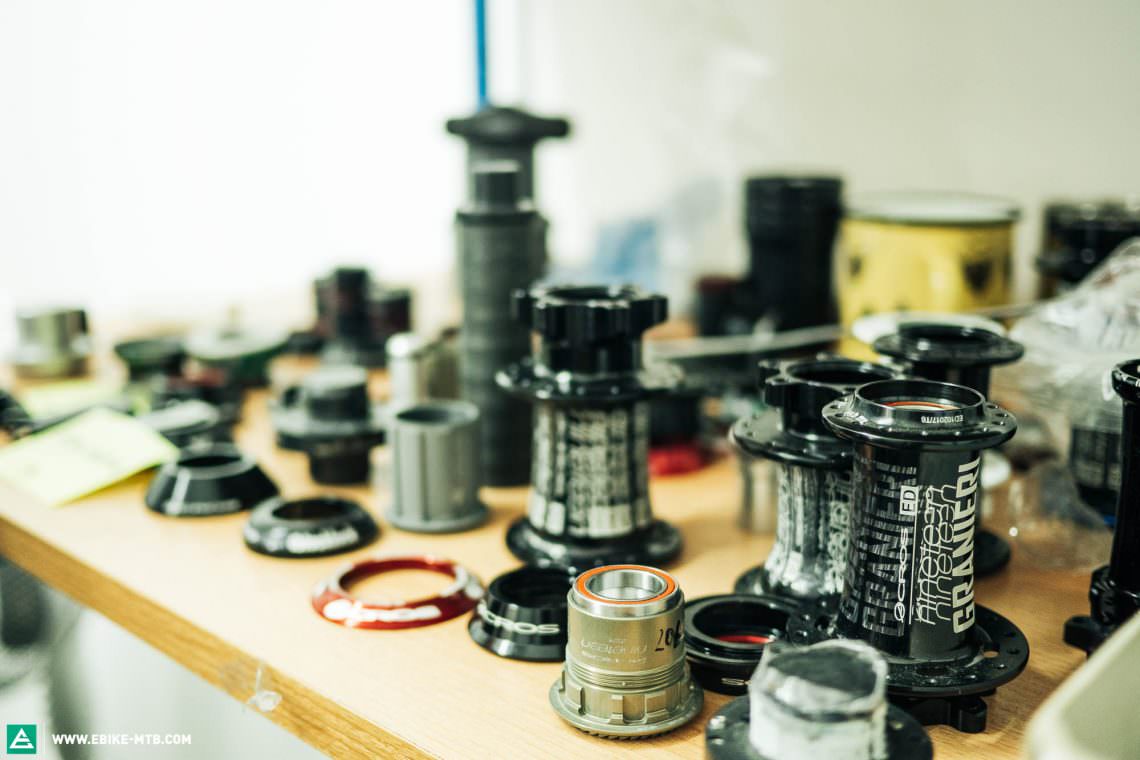
Warning: The value of many bike brands will drop in 2021!
It might sound logical: if you’ve sold out and don’t have any more products, you don’t need to advertise them anymore. That was the rumination from several bike manufacturers in 2020: advertising budget cuts were the consequence, which hit many magazines hard (thankfully, we weren’t affected too badly). Even if these cuts improve short-term liquidity, the longer-term consequences of such measures might have more far-reaching consequences. “If you don’t advertise, you’ll lose market value,” is the finding of one study by Mediaplus, the biggest independent and partner-managed media agency in Europe, which specialises in media strategies, planning and measurable results.
“Reducing advertising budgets in times of recession can have very negative implications for brand health. Based on 300 brands from 35 market segments, Mediaplus examined the impact of cuts to advertising budgets on KPIs like brand recognition, advertising recall, relevant set and image.
The temptation to cut media budgets is very large. However, businesses that reduce their advertising budget will lose significant market share and profit in the long run. Changes in brand value, whether positive or negative, are observable after a short amount of time, as our current study has found,” sagt Andrea Malgara, Managing Partner Mediaplus.
That means even if they don’t have (any more) product available, brands are still on the hook! Those who want to come out of the crisis need to maintain their market presence and all-round visibility, if not increase it. And that’s possible even without products, for example in the form of image campaigns, storytelling and further measures. We’re interested to see what effect these insights will have on the Best Brands 2021! With more than 50,000 participants, our Best Brands survey is one of the biggest gauges of consumer preferences in the bike world.



In general, securing a core customer base is more important in 2021 than ever. In addition, there needs to be a willingness to identify and make use of chances and opportunities that present themselves. The same goes for risks and of course, avoiding them.
New customer, new chances – It was never easier for the sector to eat a bigger cake!
Biking is booming more than ever, becoming the new sport of the people and a trend that appeals to almost everyone. That’s why customer relations are extremely important. In particular, it’s important that new customers who are coming into contact with the best hobby in the world for the first time, are led along the path to cycling fascination. Those who win new customers now will profit in the long run! That requires the right communication, explanations and tutorials. Service, brand communication and lead management help, but a better understanding of the problems faced by (new) customers needs to be developed.

Currently, it’s like buying a Rolex in the bike sector – 1000-strong waitlists and even personal contacts are of limited use!
Let’s not pretend: currently, buying a bike is like getting hold of a Rolex. Even if you arrive at the store with a pile of cash, you won’t be able to purchase straight away and can instead add your name to a 1000-strong-plus waitlist to obediently anticipate the dealer finally taking your money. The current ease of selling bikes could lead to complacency, so despite the high demand, it’s important to maintain humility, authenticity and a willingness to invest in new measures to ensure success for the future and to be able to continue riding the wave. These times will pass, so when shops and brands look back, they’ll want to have been forward-looking rather than ignorant and oblivious! Even if products aren’t available to sell, it’s not time to rest up but to invest in customer loyalty and brand development together with service and quality. That will be the foundation for the next few years and for a large slice of the ever-growing cake, that is bound to attract new market players too!
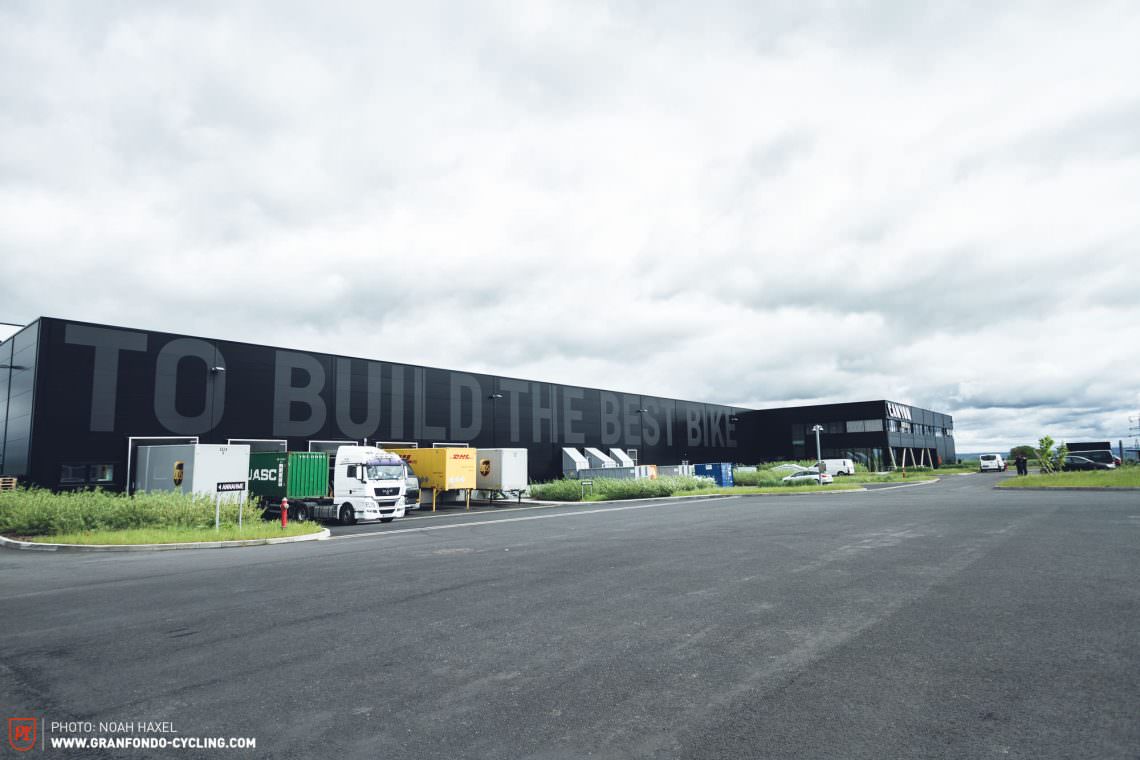
Are small manufacturers and dealers going under?
In short, unfortunately, some are. Despite the boom, there will be bankruptcies. During crises, those who have the means to react quickly and decisively, who see opportunities in problems and have the courage to take on risks, will win. But small mistakes can lead to large issues. A pre-order placed too late can quickly mean being left without any product next season. That’s not just the case for bikes but also for equipment and spare parts. The fight for production capacity, ordering rights and shipping contingents started in spring 2020 during the first lockdown and is now resulting, intentionally or not, in companies being squeezing out the market.

What to do as a customer? Flatten the curve!
First things first: regardless of whether you want to buy or service a bike, in 2021 there will be long and numerous peaks in demand for customers and trade in the form of waitlists, queues in front of shops and limited workshop slots. If you only start sorting things when the weather is nice and temperatures outside are warm again, you’ll already be too late. By behaving anti-cyclically, you’ll be able to achieve things with less stress and pressure. If you leave things too late, you won’t just miss out on the best but will also have to deal with more compromises. Our advice is not to delay your purchasing decisions. In addition, you should countenance being more flexible and willing to compromise or even consider alternatives. Our tip: many dealers have already put in their preorders. The right bike might already be on order and you could (still) put your name on it – go and talk to your local dealer straight away. However, it’s also important to accept that the bike industry doesn’t work like Amazon. Particularly now, delivery times might be delayed. When buying a bike, it’s also sensible to check on service availability and the first checkup, and ideally arrange an appointment straight away. It’s also not a given that bikes will get cheaper again in the future. If you need to buy a bike, do it as soon as possible. If you can still wait, then presumably you can count on “normal” conditions towards the end of 2022/beginning of 2023.

When it comes to servicing, now is the best time to learn some service skills to be able to undertake smaller repairs yourself. That won’t just empower you, but it will also help take the load off dealers, giving them time to address more serious issues than a flat tire or broken chain. You should book your yearly service and any major work early, as otherwise, you’ll be left without any appointment at all. Tip: Easter is too late! Acting against the normal cycle makes sense here too. The best thing to do is to bring your bike in for servicing in the first few months of next year!

What does it all mean for us as a magazine?
Fortunately, we can currently count ourselves amongst the winners of the crisis. Thanks to our strong market position as well as our focus on relevance and quality, we continued to show significant growth this year. Corona promoted digitalisation even more strongly and while other publishers and magazines are working part-time or cutting costs, we are expanding our team. At the beginning of 2021 alone, we want to create four new positions. Interested? Then subscribe to our newsletter, where you’ll hear about our latest job offers.



Nonetheless, the situation raises a number of fundamental editorial questions. How do we approach the topics of service and availability? How do we judge factors such as availability, quality control and service, alongside durability, in our tests and buyers’ guides? Undoubtedly, all these topics will play a central role through 2021 and 2022. Apart from that, there’s the question of how “critically” we assess components that shouldn’t really be fitted to a bike, but are due to availability. It’s to be expected that manufacturers will fit the components that they can get their hands on, true to the motto, “Playin’ with what you got.”
The same applies to us. We’re not spared from delivery delays or unavailable test bikes, meaning some important stories just won’t be possible. Nonetheless, we’ll do our best to support you, whether you’re a beginner or an expert.

How will things continue?
Uncertainty and incalculability aside, tomorrow will always come. Circumstances are changing daily and if we don’t develop accordingly, it will be as it’s always been throughout the history of mankind: he who doesn’t move with the times will be left behind. If we as an industry have the courage and foresight today, to make the right decisions regarding the things that will be relevant in the future, we’ll automatically arrive at our goal. The requirements of customers and the demands and pains of the industry are clear – so let’s take a closer look. Doing that, we won’t just build a more certain future but can avoid potential frustration, ensuring satisfied and happy customers.

The good news is that things will get better. The bike industry will find solutions, learn to scale quality and establish itself more firmly. And that’s important. The latest surveys of European cycling clubs anticipate a growth of 50% in the European cycling market over the next 10 years. Sounds good, doesn’t it? Experts expect the current situation to ease towards the end of 2022/beginning of 2023.
Conclusion
It’s easy to get worked up about rising prices as well as long delivery and service times, but the reality is much more complex. Of course, it’s frustrating and annoying not to be able to pursue your beloved hobby to the same extent you’ve always been used to. But everything has its reason – with understanding, respect, the right amount of pressure and encouragement, we’ll all get through it together. It’s all a question of balance. How does it go? Life is like riding a bicycle. To keep your balance, you must keep moving.
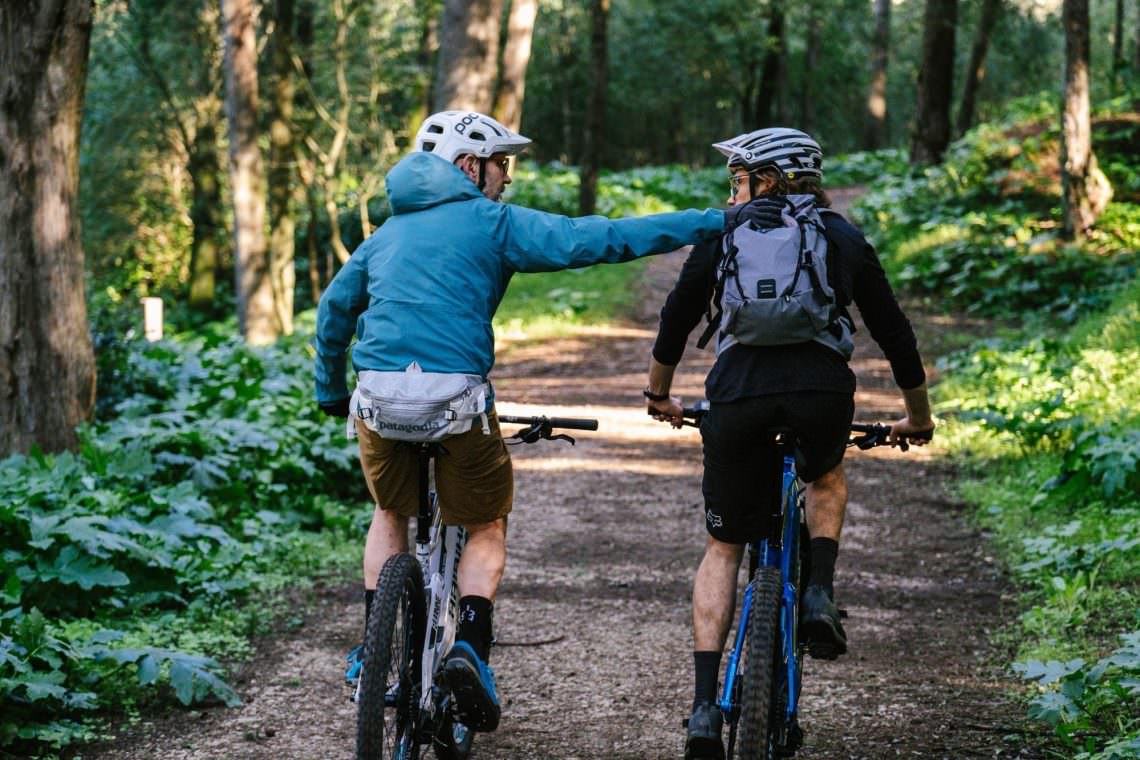
Did you enjoy this article? If so, we would be stoked if you decide to support us with a monthly contribution. By becoming a supporter of E-MOUNTAINBIKE, you will help secure a sustainable future for high-quality cycling journalism. Click here to learn more.
Words: Jonas Müssig, Robin Schmitt Photos: Diverese









